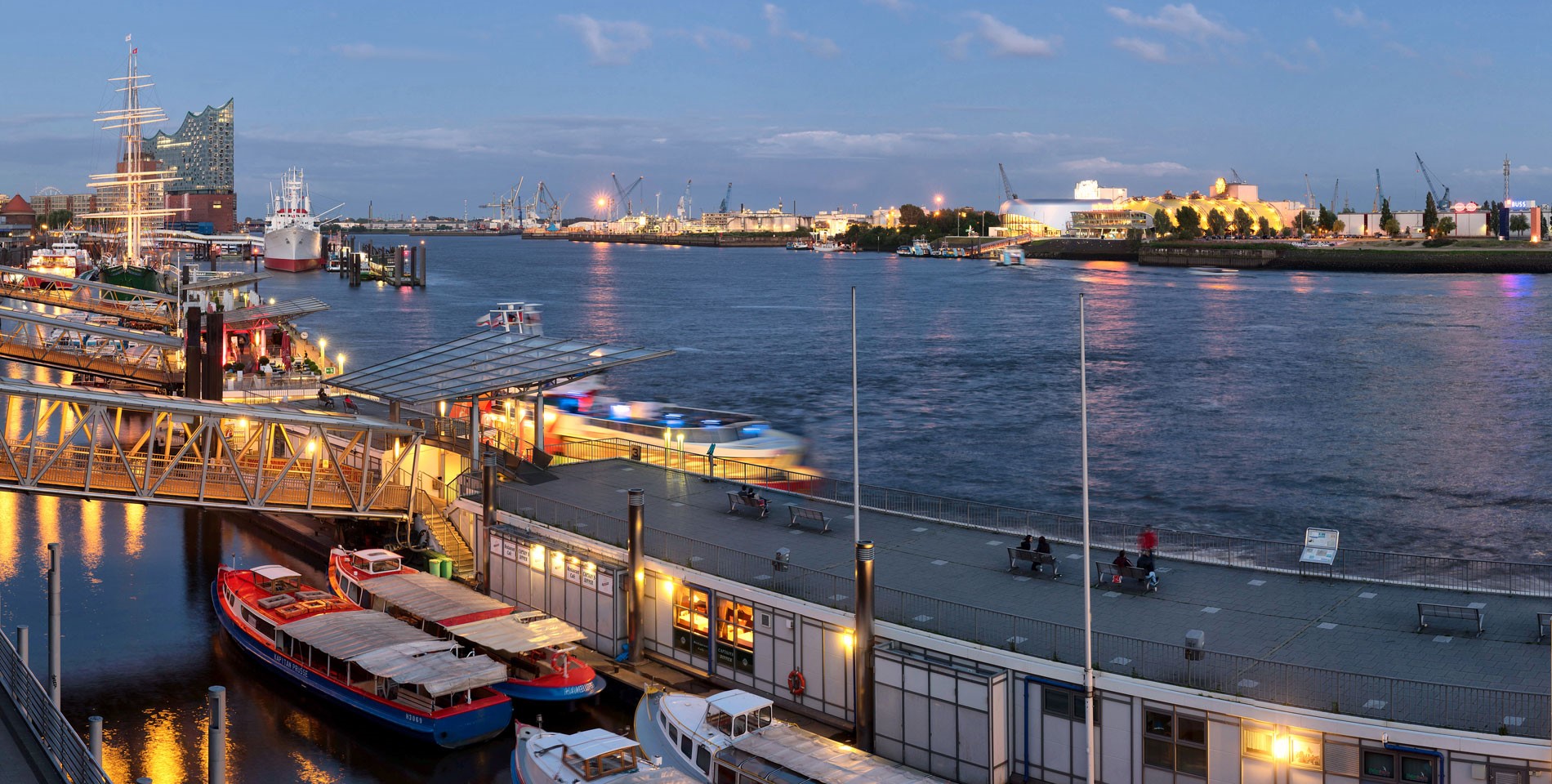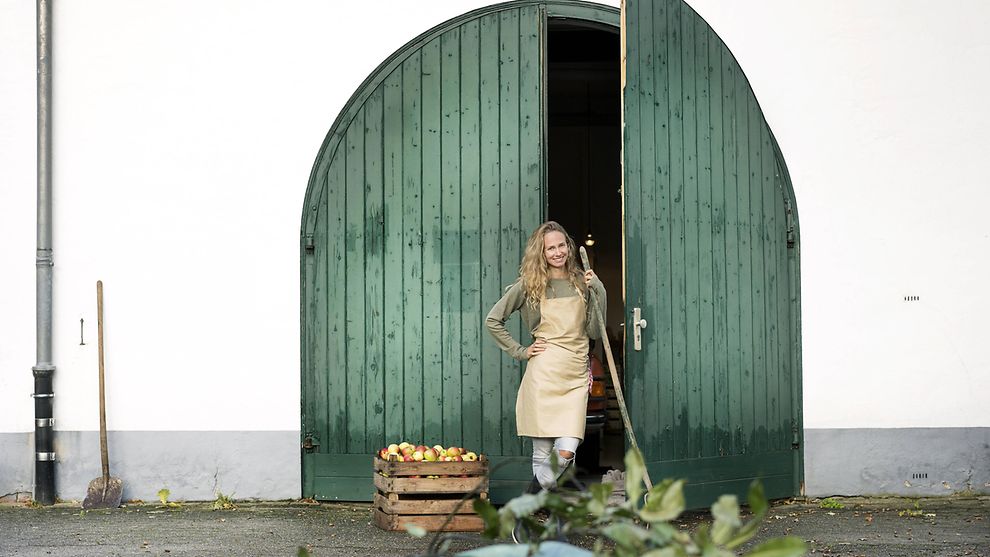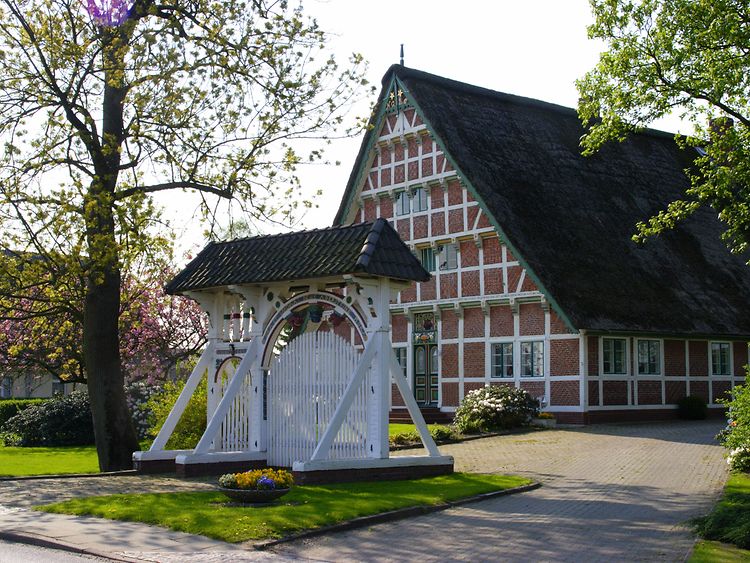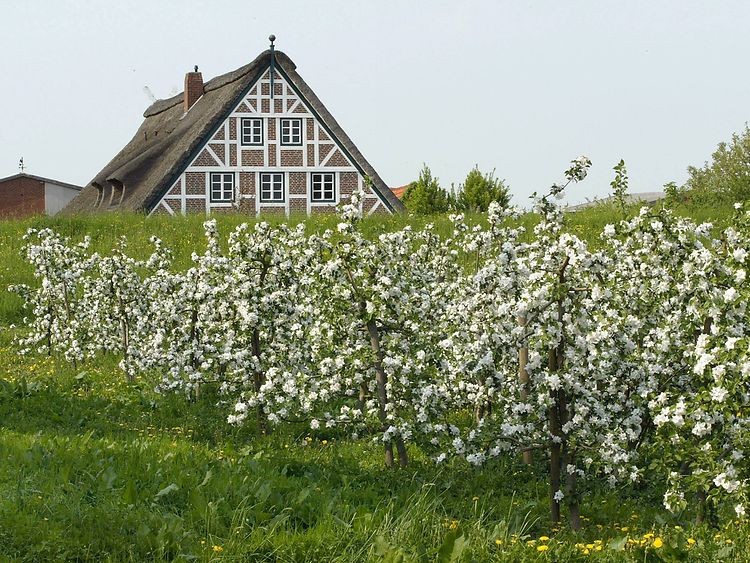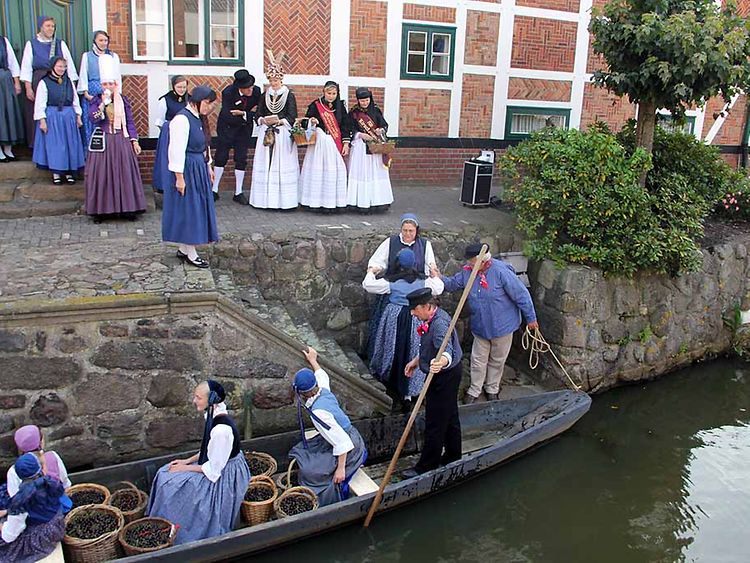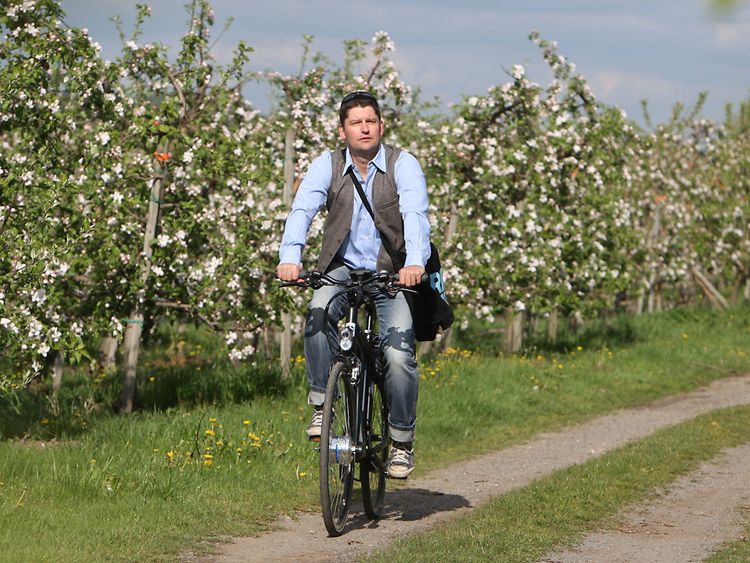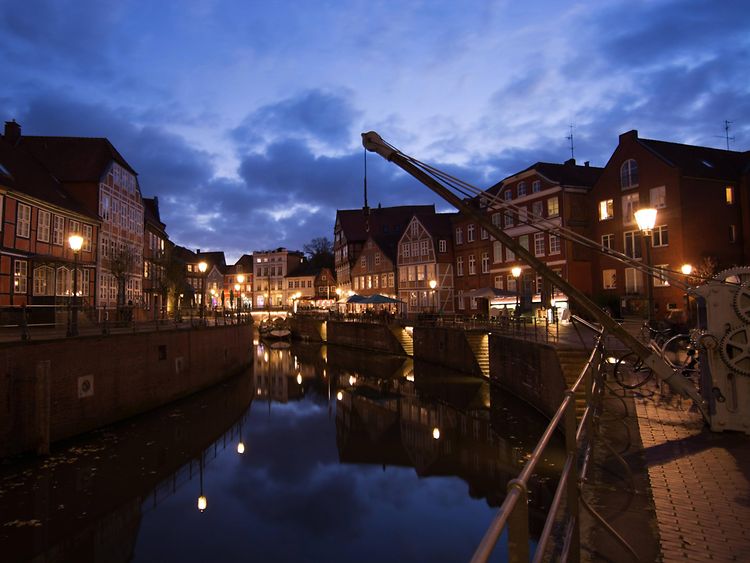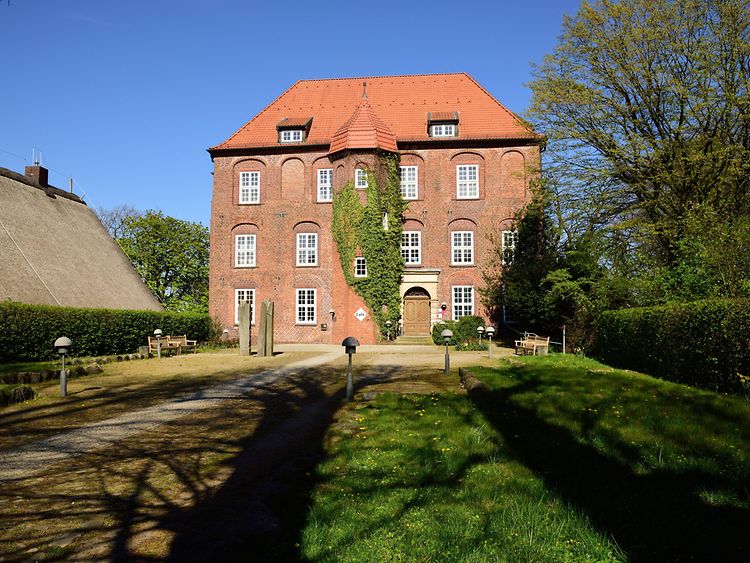The Altes Land region of Germany, whose name translates to ‘The Old Land’, is unique and beautiful. It extends from the gates of Hamburg over 30 kilometres south of the Elbe to the Hanseatic city of Stade. The area includes the Neu Wulmstorf district of Rübke in Lower Saxony, the municipalities of Jork and Lühe, as well as the Hamburg districts of Neuenfelde, Cranz and Francop.
For centuries Altes Land has been shaped by both its bountiful orchards and its ability to ship the resulting fruit far and wide thanks to a close proximity to the Elbe river and the city of Hamburg.
Although people settled in this area on the Elbe in pre-Christian times, today's cultural landscape emerged mainly in the 12th century when the Archbishop of Bremen brought Dutch settlers to the area and initiated the construction of dykes. Draining the area has allowed the region’s famous fruit to be grown on the fertile marshland for over 700 years.
With a cultivation area of around 10,500 hectares, Altes Land is now one of the largest fruit-growing areas in Europe. Around 10 million fruit trees grow here. 90% of them are apples and 6% cherries, while the remaining 4% is made up of pears, plums and berries. Hamburg and many parts of northern Germany are supplied with fresh fruit from the region all year round. This is thanks not only to the fertile soil on the Elbe, but also to the mild temperatures (whose annual mean is 8.5°C) and many hours of sunshine.
Whether in spring for the cherry blossom season or in summer and autumn at harvest time - visitors can discover many attractions here, above all the enchanting landscape as well as cultural events and sights.
